Donna Reeds: 16 Facts About the Sitcom and Film Star
Devoted mother and wife. Academy Award and Golden Globe winner. Sitcom star. Anti-war activist. All of this and more describes actress Donna Reed, who the general public will undoubtedly recognize from her roles in the Christmas classic It's a Wonderful Life and the long-running sitcom The Donna Reed Show, but who, as you're about to discover, led a fascinating life.
She was born January 14, 1921 in Denison, Iowa, the eldest of five children. While a Sophomore at Denison High School, she was given the book How to Win Friends and Influence People by her chemistry teacher, the impact of which would reportedly lead her to the world of acting.
However, that wasn't the original plan. Her intention was to actually become a teacher, but recognizing that her family didn't have enough money to send her to college, she instead took the advice of an aunt and moved to California so that she could attend Los Angeles City College. And while acting still wasn't what she was interested in pursuing, she did perform in a few of the school's stage productions. From there ... well, that would be telling. Just read on to learn more.
(MUST READ: 1950s TV Sitcoms — 40 Classic (and Not So Classic) Shows, and Where to Stream Them!)
1. Becoming 'Campus Queen' launched her career
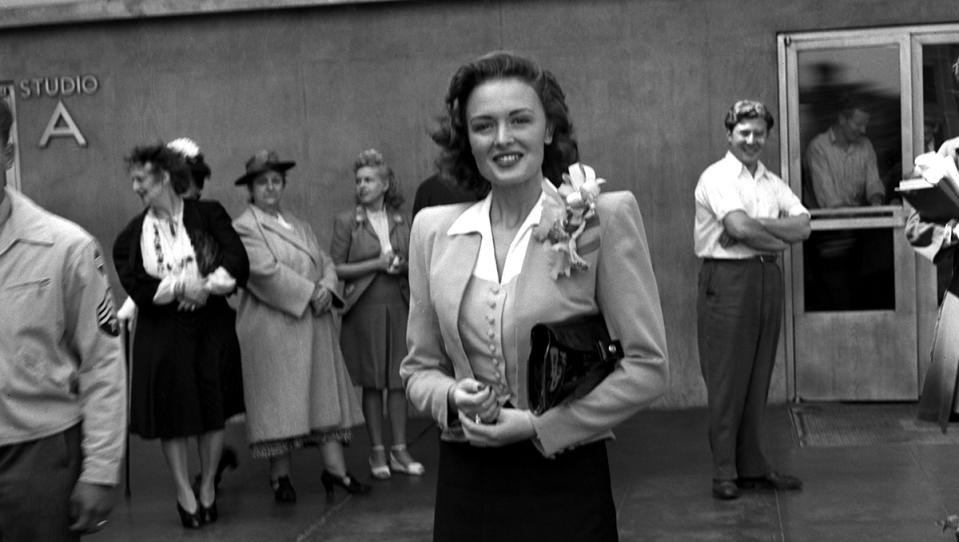
William Grimes/Michael Ochs Archives/Getty Images
Having decided to move to Hollywood, Donna Reed enrolled at Los Angeles City College, which is where she entered a beauty contest and was crowned "Campus Queen." As noted, she also became a part of the drama departed and started to perform in front of audiences. Observes pop culture historian Geoffrey Mark, "Like out of a fan magazine of the 30s, an MGM talent scout saw her in a play at los Angeles City College and she got signed to a small MGM contract."
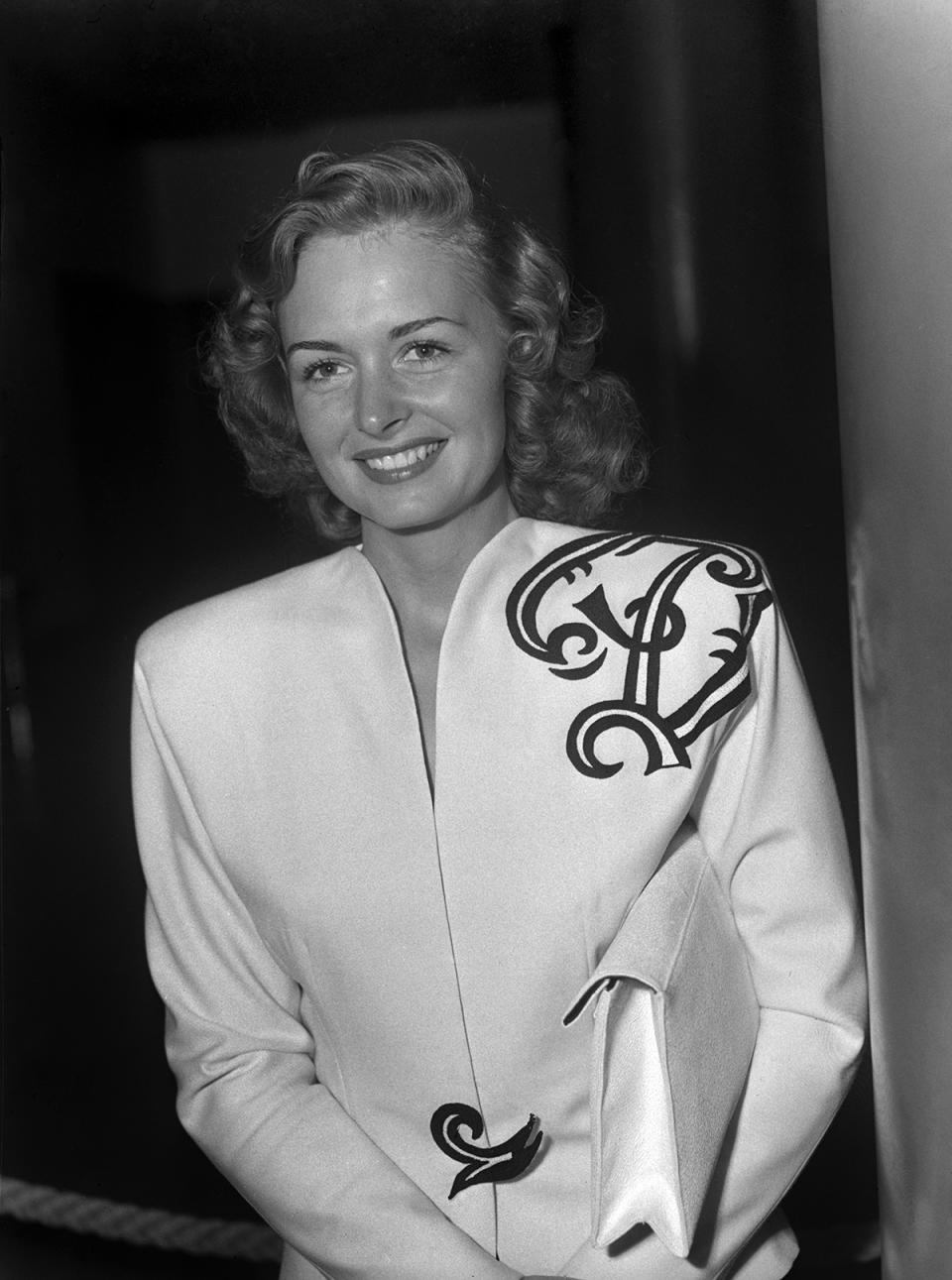
William Grimes/Michael Ochs Archives/Getty Images
Mary Ann Owen, one of Donna's four children, muses, "I always feel that people don't understand how intelligent she was and how she easily could have been a college professor if she hadn't won that beauty contest at City College. It literally changed her life."
2. MGM was the perfect fit for Donna Reed

FilmPublicityArchive/United Archives via Getty Images
Geoffrey questions what would have happened to Donna Reed if she hadn't been taken in by MGM. "She just fit the MGM prototype," he explains, "of the not-too-tall, beautiful Midwestern Protestant girl next door. That's what MGM looked for and they found that in spades in Donna Reed."
On top of that, MGM was the one studio that truly trained their young actors on how to wear fashion, proper elocution, how to walk, how to read lines, how to dance and how to sing. "All of this was done," he says, "so that when they were put in front of a motion picture camera, they were ready. The director on the set didn't have to waste time teaching them what to do. They already knew and were ready to make a movie."
MUST-READ: Elinor Donahue Dishes on ‘Father Knows Best,’ ‘Andy Griffith’ and ‘The Odd Couple’ (EXCLUSIVE)
3. She started to get noticed after about a year at MGM
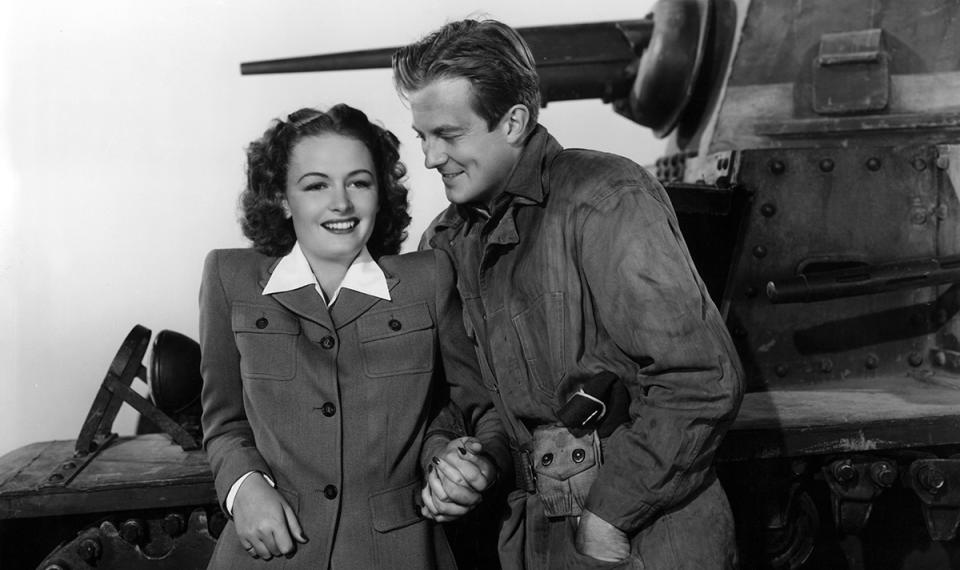
Metro-Goldwyn-Mayer/Getty Images
Donna was put to work right away, mostly in uncredited roles in films such as Convicted Woman (1940) and Personalities (1942). But about a year-and-a-half into her contract, she began getting speaking roles and the moviegoing audience started to notice her. Geoffrey offers, "MGM began growing the Donna Reed brand, her parts got larger and she became a movie star. She was all over the fan magazines and was getting enormous publicity from MGM."
4. World War II actually helped her career
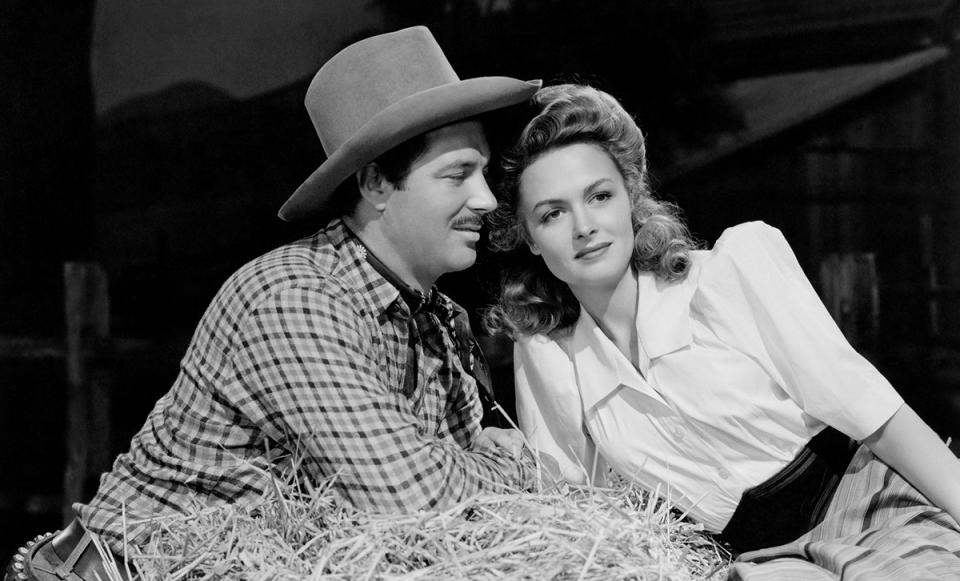
Metro-Goldwyn-Mayer/De Carvalho Collection/Getty Images
The rise of the career of Donna Reed occurred during the time of World War II, and in a strange sort of way, the war allowed her star to shine a little brighter. With so many actors overseas, films needed to become more female-centric.
Muses Geoffrey, "Females are getting themselves to the top during this time. Nothing she did before 1946 is anything we look at say, ‘Wow, what an incredible picture.’ We may enjoy her performances, but the movies, maybe with the exception of The Picture of Dorian Gray, weren’t iconic. They were good films in the moment, but nothing special. But then we could spend, I don’t know, eight or nine days talking about It’s a Wonderful Life.”
5. And then there was It's a Wonderful Life
With the war over, among those returning to America were actor Jimmy Stewart and director Frank Capra, who decided to work together on the Christmas classic It's a Wonderful Life. In this tale of recognizing your value in life to yourself and the world around you, Stewart is George Bailey and Donna is the love of his life, Mary. According to film historian and film professor Jeanine Basinger, who wrote the It's a Wonderful Life Book, the impact on Donna's life would be huge.
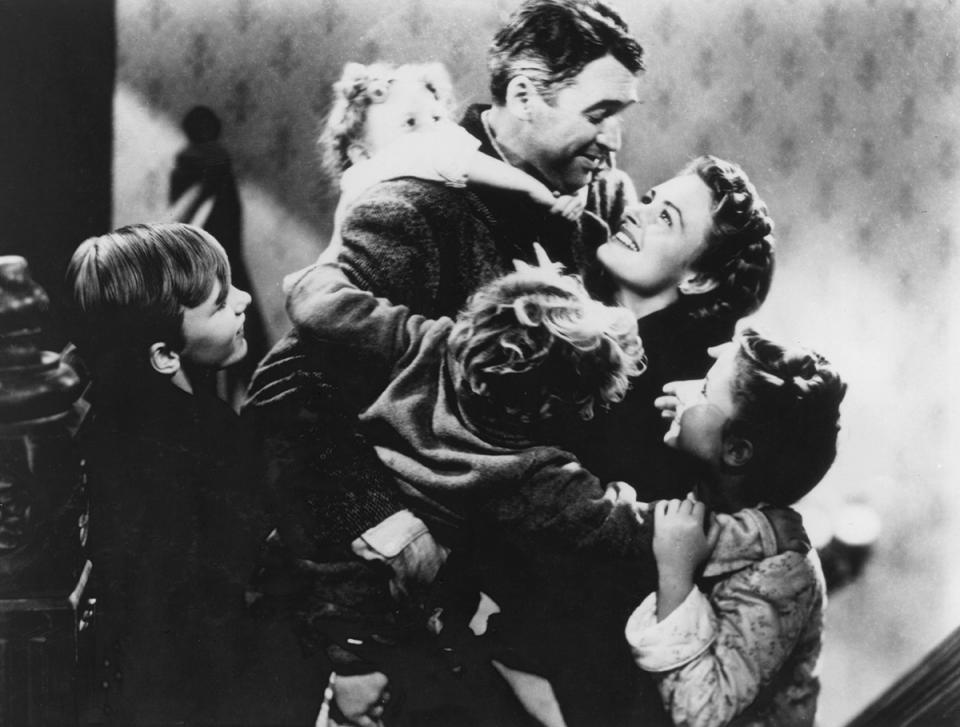
RKO Pictures/Archive Photos/Getty Images
"Donna Reed became a big TV star," Jeanine says, "and became an an Oscar-winning movie star. But at the American Film Institute Life Achievement for Frank Capra, a lot of my students were there and one, who, by the way, is a big writer in Hollywood now, came up to Donna Reed and said, 'I can't tell you how hard you've made it for every female that I ever meet in my life.' She was so thrilled, she kissed him. But I think this movie makes an icon of her. People may or may not watch From Here to Eternity, but they are watching this movie. And she's lovely. She was the perfect choice for this part. "
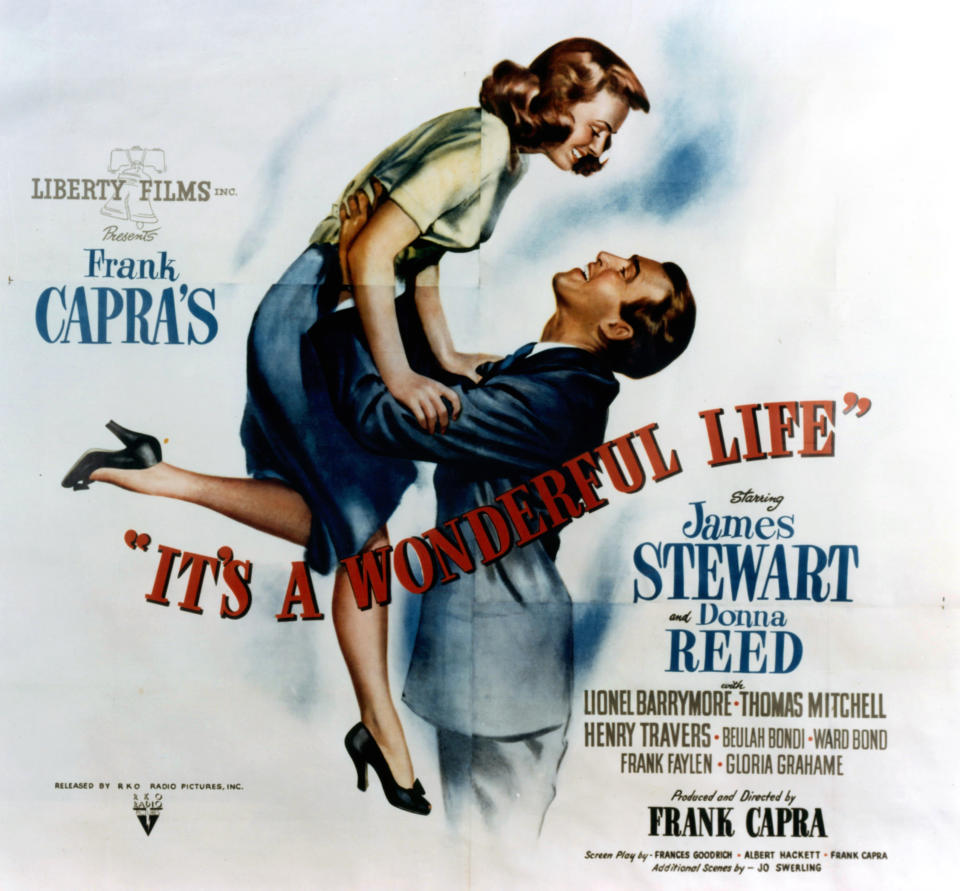
RKO Radio Pictures/Getty Images
Adds Geoffrey, "There's an expression that people in show business use, the camera loves her. Well, the camera loved Donna Reed. It loved how she looked, but also loved what she radiated. And while James Stewart is a wonderful actor, as are all of the actors in It's a Wonderful Life, it is my belief that Donna was the heart of the movie. I don't mean she was the center. I mean she was the heart. We like all these other characters because she likes them. We believe in the kind of ridiculous happy ending, because she believes it."
6. James Stewart blamed Donna Reed for the lackluster box office of It's a Wonderful Life
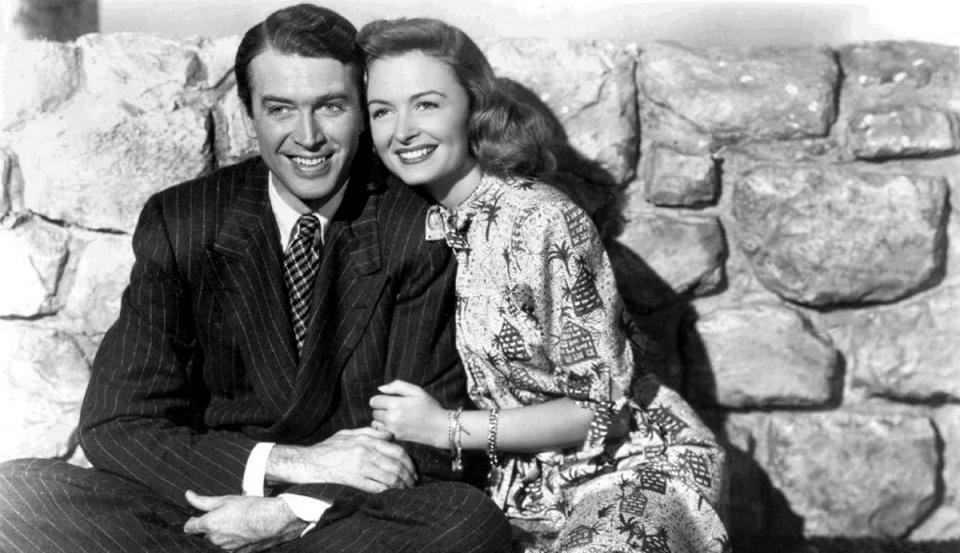
?Republic/courtesy MovieStillsDB.com
As beloved as it is today, It's a Wonderful Life was not a big success when it was released in 1946. For both Capra and Stewart it was an important film given that it was their first effort together since the war (one of their prior efforts was Mr. Smith Goes to Washington). For some reason, Stewart apparently blamed the lack of success on Donna.
Explains Mary Anne, "There was a lot of insecurity on the set, because Jimmy Stewart wasn't sure if he wanted to act anymore. He thought it was too frivolous, but Lionel Barrymore [who played Mr. Potter] and others talked him into it. So there was that insecurity and mom was really not that well known. She was only 25 and I believe she signed her MGM contract at 21. Jimmy Stewart couldn't understand why the movie didn't do well, but that's why they never did another movie together. He blamed her, because she wasn't as well known. She was quite happy when it came out. She passed away in '86, but by the early '90s it was on constantly. We always watched at Christmas and she was so happy that it was popular."
7. She won the Academy Award for From Here to Eternity
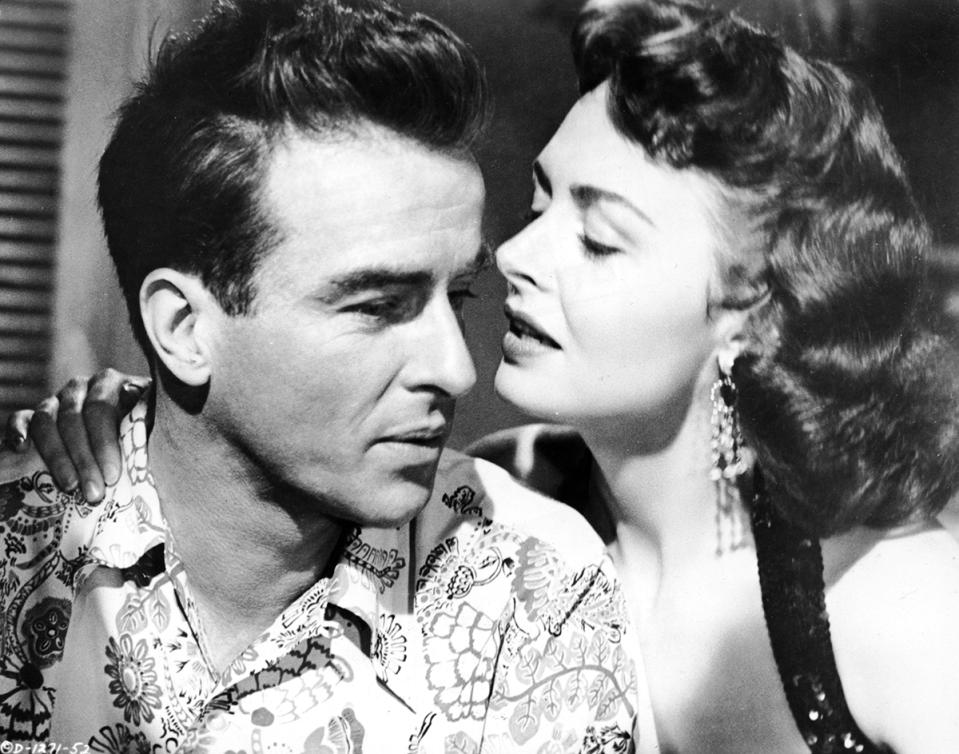
Columbia Tristar/Courtesy of Getty Images
The 1953 romantic war drama From Here to Eternity, starring Burt Lancaster, won eight Academy Awards, including Best Picture, Best Director, Best Supporting Actor (Frank Sinatra) and Best Supporting Actress, which went to Donna Reed. Amazingly, while it definitely help her career in terms of quality, though not necessarily quantity of parts offered to her.
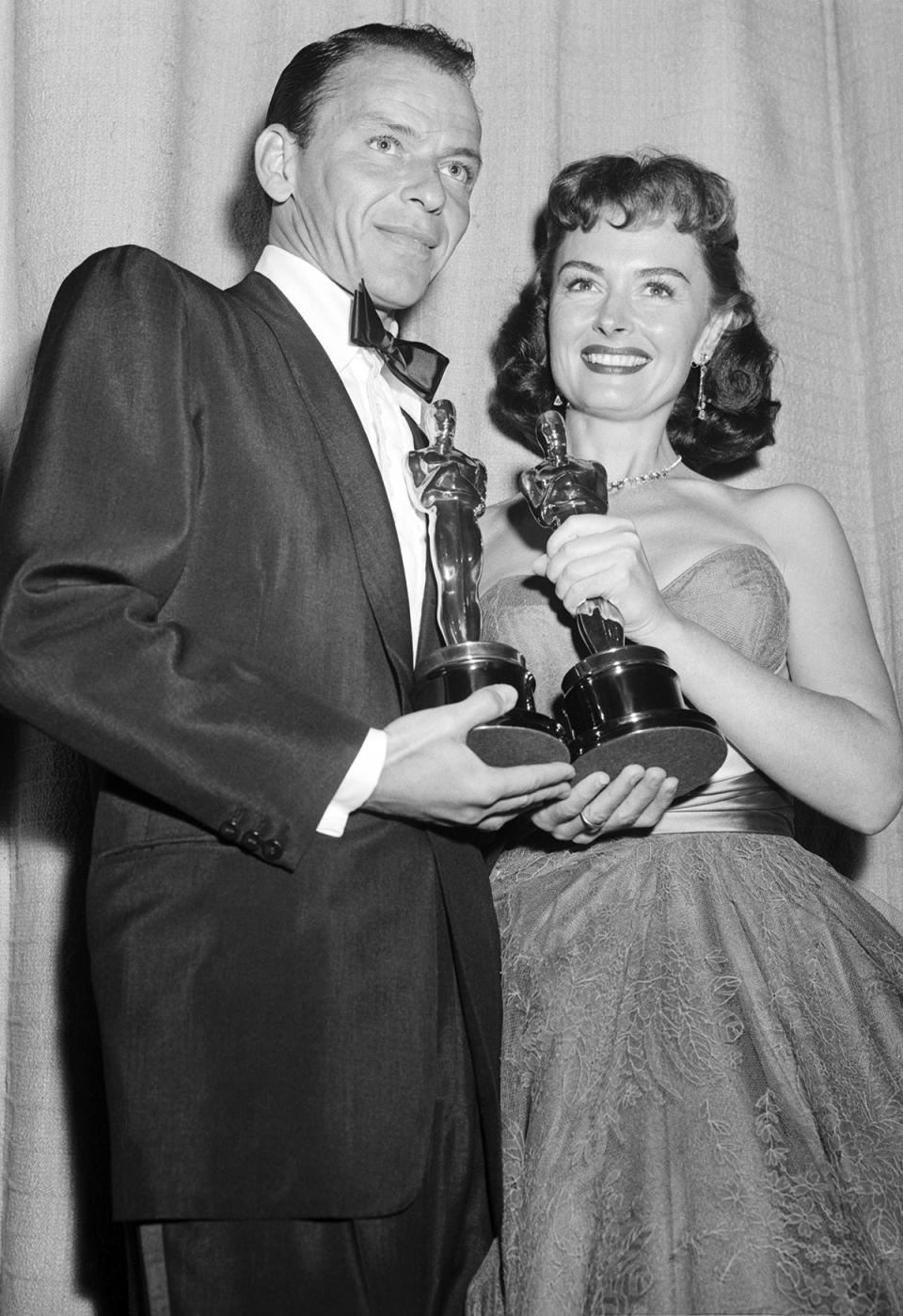
Getty Images
Says Geoffrey, "She took a chance and allowed herself to break the mold to get out of being typecast. It was a risk, because A, it was not the lead in the film and, B, she plays the kind of character that was already so old that it had gray hair and a beard: the prostitute with the golden heart. She does win the Oscar, but the films that come after it are the same old girl-next-door, supportive wife type roles. Some of them even have the same first name, which shows you how cookie-cutter they were."
As Donna herself told the New York Daily News in 1958, "The Academy Award resulted in more roles and more money, but never again was I offered such a great part."
8. Donna Reed decided she needed to take control of her career
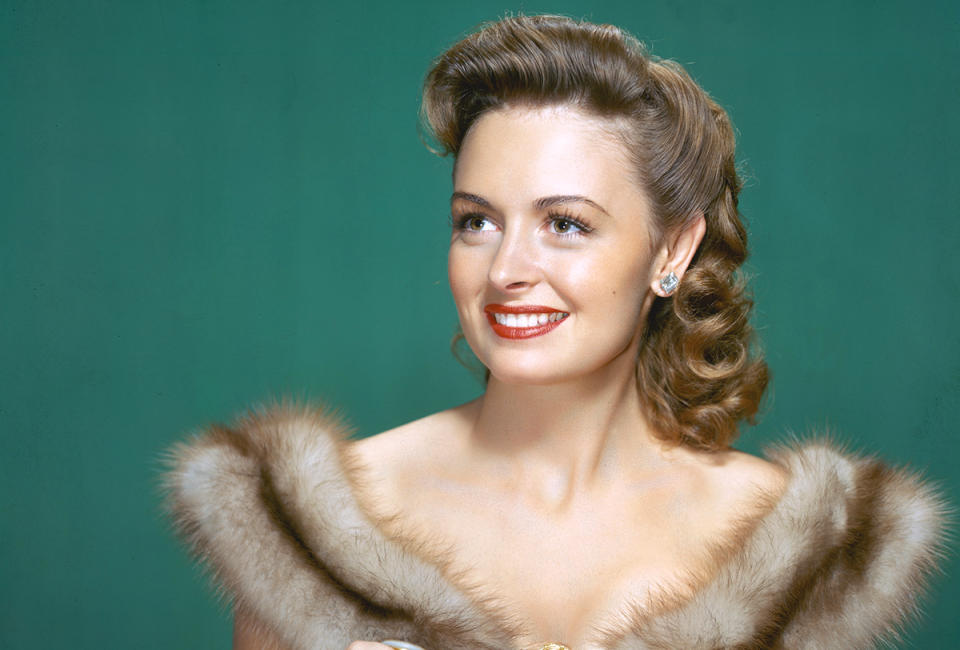
Silver Screen Collection/Getty Images
Mary Anne continues the scenario, noting, "They just didn't know what to do with her, so, in response, she and my father [Tony Owen] formed their own production company and made a couple of movies before trying television. My father was the principal architect and she had her hand in it. When I watch The Donna Reed Show, I always see this kind of underlying subtext of her finally in control of her career and not having to worry about what bra she had to wear. Because, you know, that was always the big question."
9. Finding the right TV property was difficult

?ABC/courtesy MovieStillsDB.com
Once Donna and Tony decided that TV would be the right fit, it actually two about two years for them to find what felt like the right concept for who she was as a person and actress. She told the Journal News, "We were bombarded with ideas from typewriters in Hollywood. I could have played a lady race track tout. Someone suggested a show about an elevator operator in the Empire State Building, with a new episode on every floor. There was even one about a lady bullfighter."
10. It was suggested that she star in a TV show where she basically played herself
It was an executive from Screen Gems who suggested that Donna Reed basically play herself in a sitcom. Feeling that this made sense, that's what she and Tony put into development, the result being The Donna Reed Show. In it, she's Donna Stone married to pediatrician Dr. Alex Stone (Carl Betz), with Shelley Fabares daughter Mary and Paul Petersen as son Jeff.
Donna explained to the media at the time, "In so many TV situation comedies, the man of the house is nothing more than a good-natured blunderbuss. And, of course, the wife is always the incarnation of cleverness and wisdom. Well, we depart from that. In our series, the wife doesn't always have the last word."
It obviously worked: The Donna Reed Show ran from 1958 to 1966 for a total of 275 episodes.
(MUST READ: The Donna Reed Show Cast — A Nostalgic Look Back at the Beloved Stone family)
11. There was a a certain intelligence to The Donna Reed Show
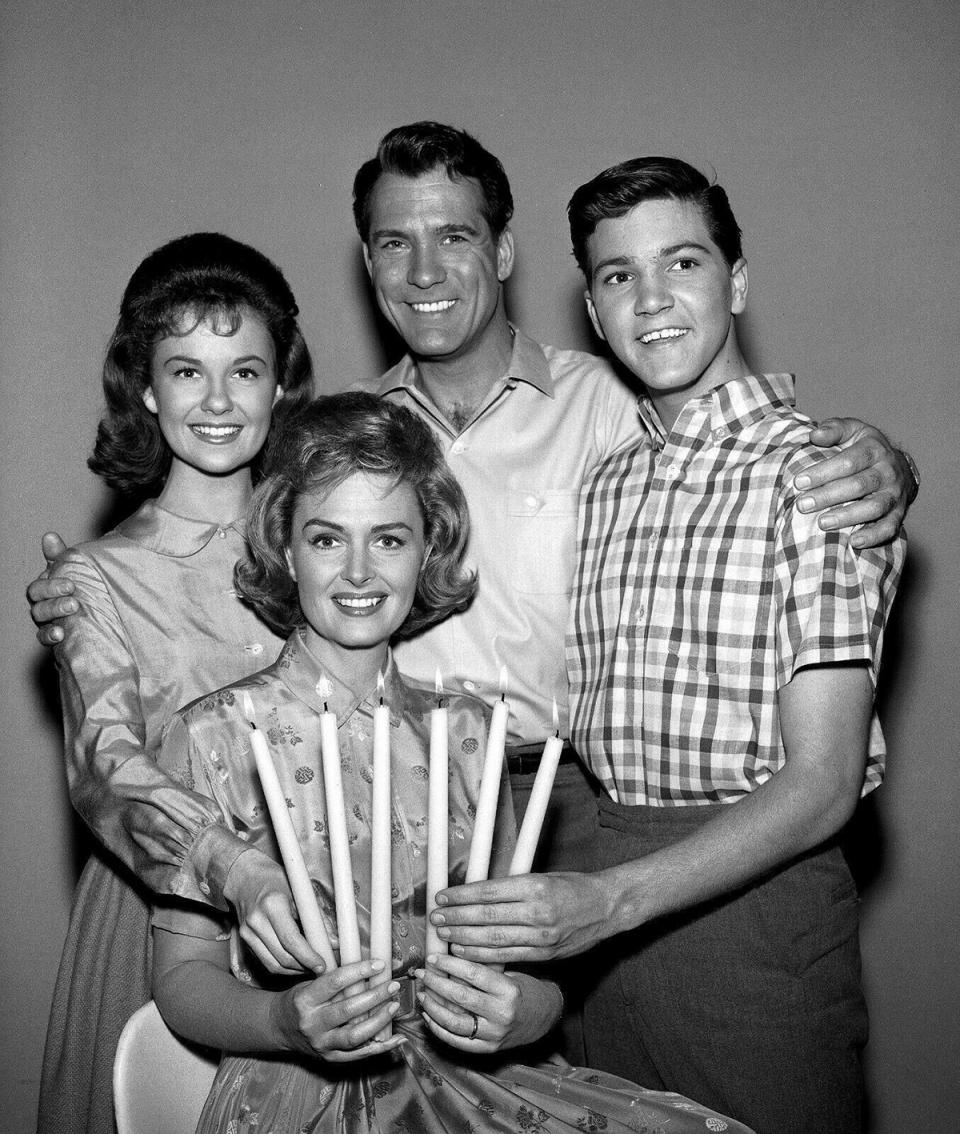
?ABC/courtesy MovieStillsDB.com
The way that Mary Anne describes it is that The Donna Reed Show seemed to be presenting an Eisenhower-era housewife, but there was a level of intelligence simmering beneath the laughs. "They hired Ida Lupino to direct a couple of episodes," she points out, "and I think because mom grew up on a farm, there was really no distinction between the work of boys and girls until it was just impossible for a girl to do it. She just hired people based on merit and wasn't threatened by strong women, because she was such a strong woman. In reality, she was speaking to American families and I think she took that role quite seriously."
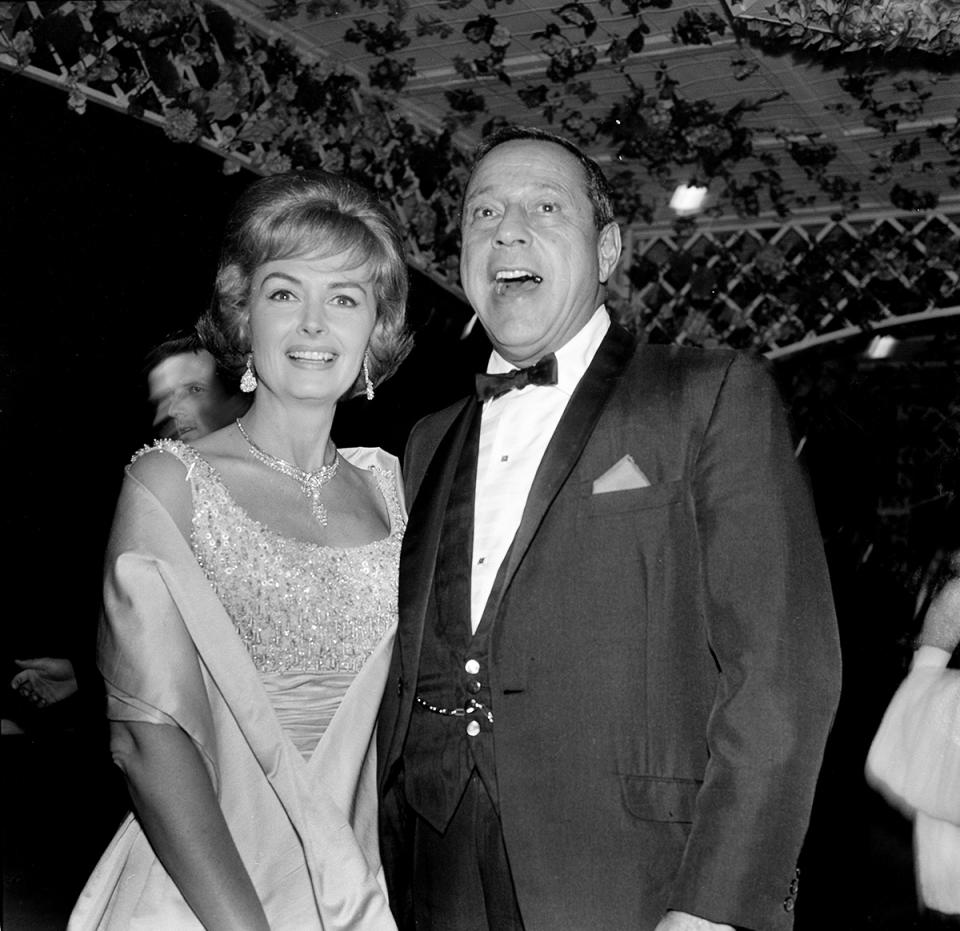
Earl Leaf/Michael Ochs Archives/Getty Images
“While researching being a wife of a pediatrician,” Donna told the media, “I discovered that being a mother and married to a doctor has more complications than a case of the mumps. Doctors’ wives are in a complete world of their own. They must have great tolerance and be expected to do the unexpected as an everyday norm. A doctor can’t close the door the moment he leaves his office. He’s actually on call 24-hours a day, at least mentally. And this makes it really rough on the little woman who likes a little attention herself once in a while.”
12. There were some serious distinctions between Donna Reed and Donna Stone
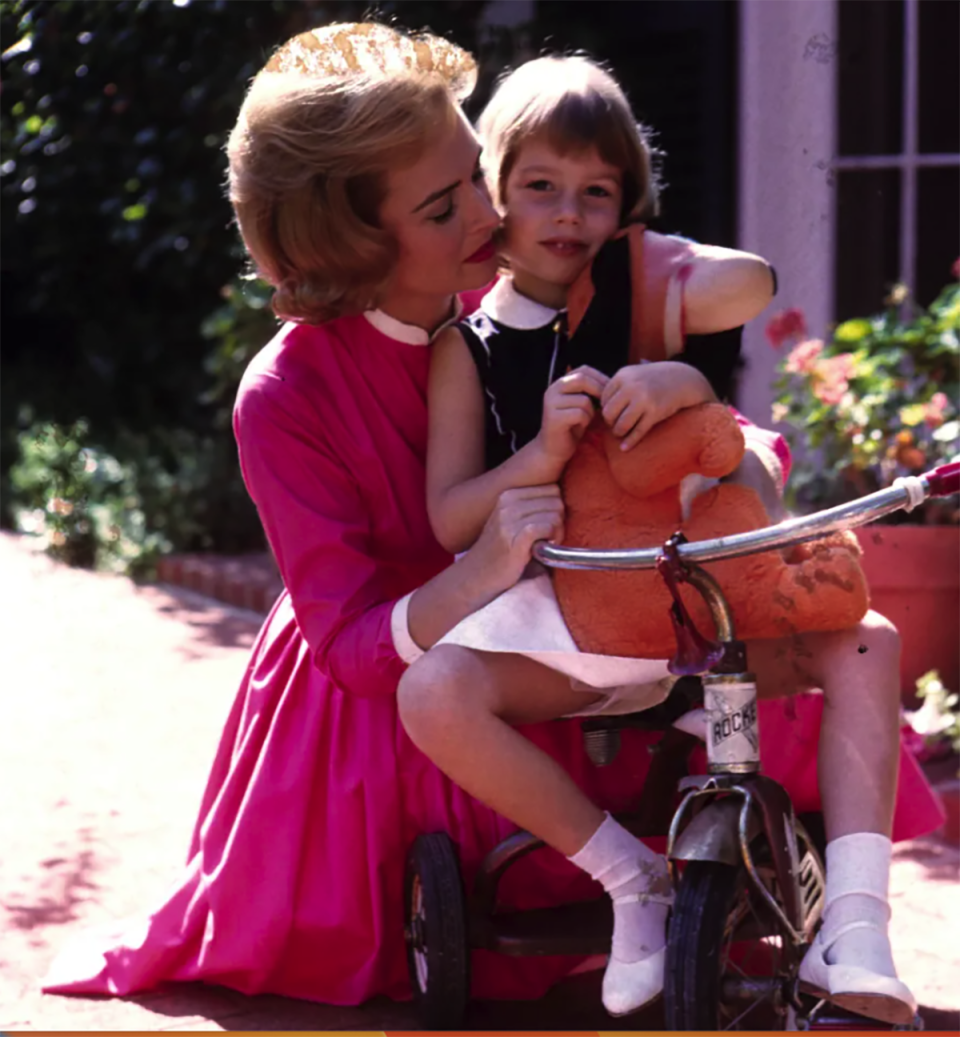
Courtesy Mary Anne Owen
Relates David C. Tucker, author of The Women Who Made Television Funny: Ten Stars of 1950s Sitcoms, “The two things Donna is best known for is It’s a Wonderful Life and The Donna Reed Show. Unlike some of the other actresses that did family comedy shows, people kind of blurred her and the roles she plays. Even though she was a mother and there was a lot of that that was drawn from her own life, she was also quite different from that character in a lot of ways.
"This is somebody," he elaborates, "who later in life, after her children were mostly grown and out of the house, divorced, which you can’t quite imagine Donna Stone ever doing. And she was actually an antiwar activist in the late sixties, protesting the Vietnam War. Again, not something you could associate with that character. She was interesting to me, too, because she took control of her own destiny. She played what people thought was a very stereotypical character, but this was a woman who wasn’t quite happy with the way her career was going and decided to go into television and was ultimately able to find something more satisfying than some of the movie roles she played.”
13. After the show, Donna Reed got involved in the Anti-Vietnam War movement
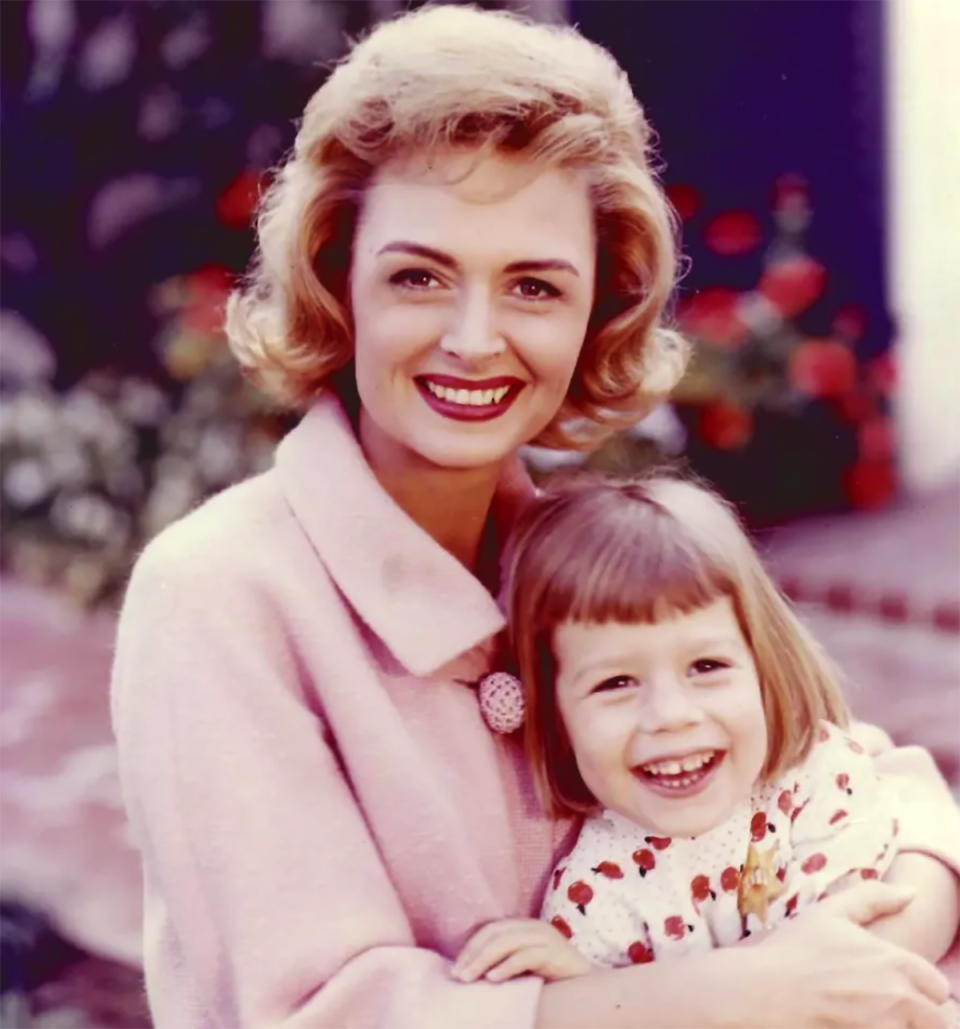
Courtesy Mary Anne Owen
The Donna Reed Show came to an end in 1966, and the actress saw it as a good opportunity to step away from acting so that she could spend more time with her family. She nonetheless found herself drawn to the organization Another Mother for Peace.
""Barbara Avedon, a writer and director on some episodes, who then went on to create Cagney and Lacey, stayed close with mom after the show," says Mary Anne. "My brother, and Barbara had at least one son who were all of draft age.
"She was having a party or social event and she and mom just looked at each other and said, 'You know, we've got to do something.' So they got involved with the organization, and mom just dove headfirst into that. These women were writing speeches and strategizing on how to reach across political lines. Who can't relate to a mother and the fear of losing a kid to war? It was a great experience for her and a good transition from the show to using her Hollywood power and giving something back."
14. Her marriage fell apart in 1971
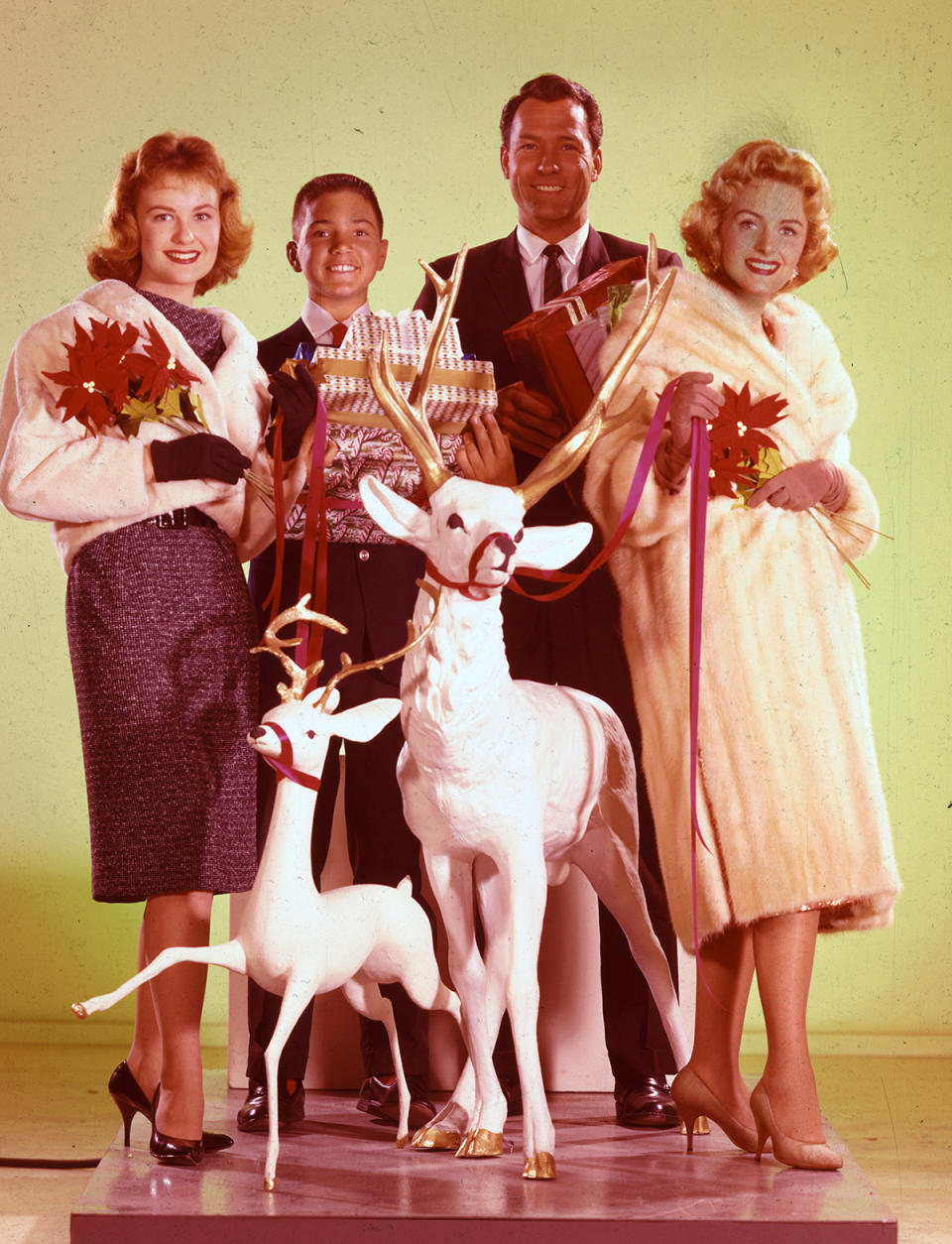
Getty Images
Tony Owen and Donna Reed divorced in 1971. Mary Anne describes the situation this way: "She and my father kind of climbed this mountain together doing the show, and then she really blossomed doing the anti-war work and really became a liberal. My father was a little bit older and she'd worked pretty much nonstop when she signed with MGM at 21, and basically worked all of those years. The TV show was just incredibly rigorous and they couldn't make it work anymore. She married Grover Asmus in 1974 and they traveled a lot, which was so exciting for her, because although she and my dad traveled some, it was mostly work-related, doing PR for movies."
Speaking to The Morning Call of Allentown, Pennsylvania, Donna said of the breakup, “Getting divorced was terrible, but it was also terrible being married. You have to decide which is worse. Nothing new really happened. He didn’t change and neither did I. It was always a difficult marriage. We were so different in temperament … I know it’s terribly old-fashioned, but I stuck it out for the children. I just couldn’t bear the idea of small children having a stepfather. But the situation was really worsening. You get to a point where you say to yourself, ‘Is this how I’m going to spend the rest of my life?’”
15. She was briefly a star of Dallas
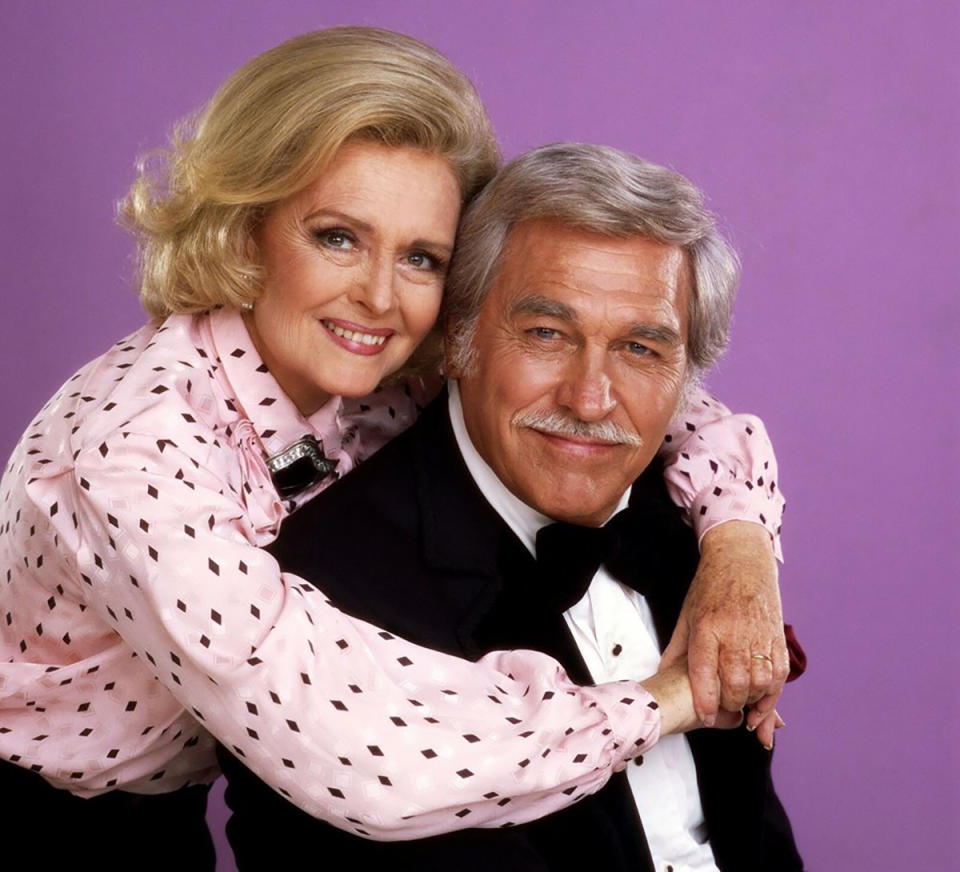
?WBDiscovery/courtesy MovieStillsDB.com
Donna did step in front of the cameras one more time, assuming Barbara Bel Geddes’ role as Miss Ellie Ewing on Dallas, Bel Geddes leaving because of reported health (some say contractual) issues. States Mary Anne, “She was interested, again, because it was another family show and she thought that’s why it was so popular. Not because it was a good family, it was a family and the mother wielded a certain amount of power being the matriarch.”
Unfortunately, after the 1984 to 1985 season, Donna was prematurely let go from her contract as Barbara Gel Geddes returned (Donna reportedly did settle with the producers for about $1 million). “Mom had a great attitude about doing it,” says Mary Anne, “but in truth, the business had become a different kind of business and they did not treat her with any kind of respect.”
16. Donna Reed died at the age of 64
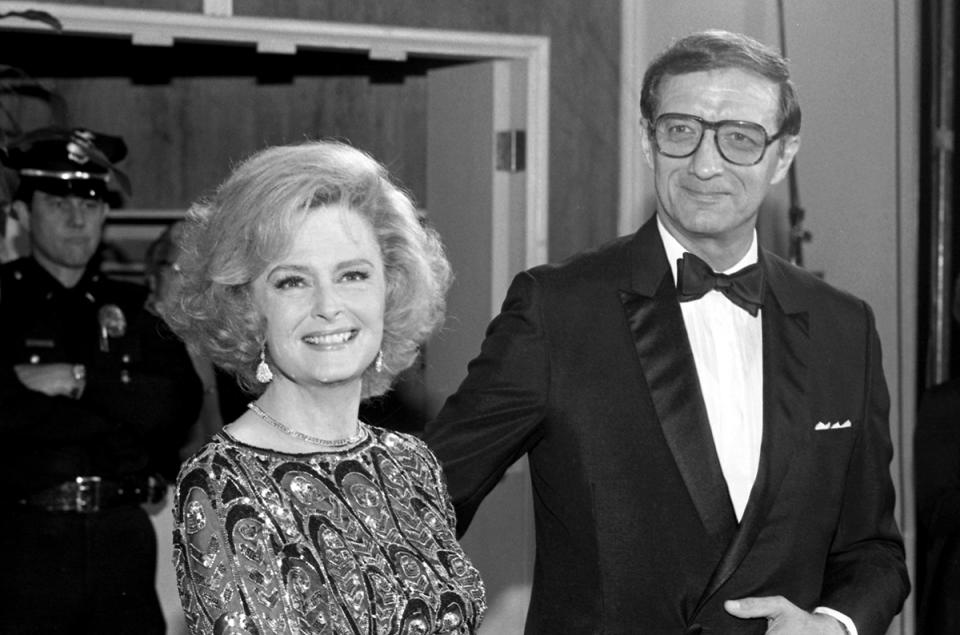
Ralph Dominguez/MediaPunch via Getty Images
Sadly, toward the end of 1985, Donna was diagnosed with pancreatic cancer. The disease would claim her life on January 14, 1986, 13 days before she would have turned 65. Yet today, nearly 40 years after her passing, her legacy lives on thanks to films like It's a Wonderful Life and From Here to Eternity, and, of course, The Donna Reed Show. "I feel that in a way she's a part of our heritage," suggest Mary Anne. "Especially because The Donna Reed Show is part of the Golden Age of Television. She's got this consistent quality that is very kind of profound and nice. And real."
For much more on Classic TV, check out:
1950s TV Sitcoms: 40 Classic (and Not So Classic) Shows and Where to Stream Them!
The 1960s: Your Guide to 60 Classic (and Not So Classic) TV Sitcoms and Where to Stream Them)
